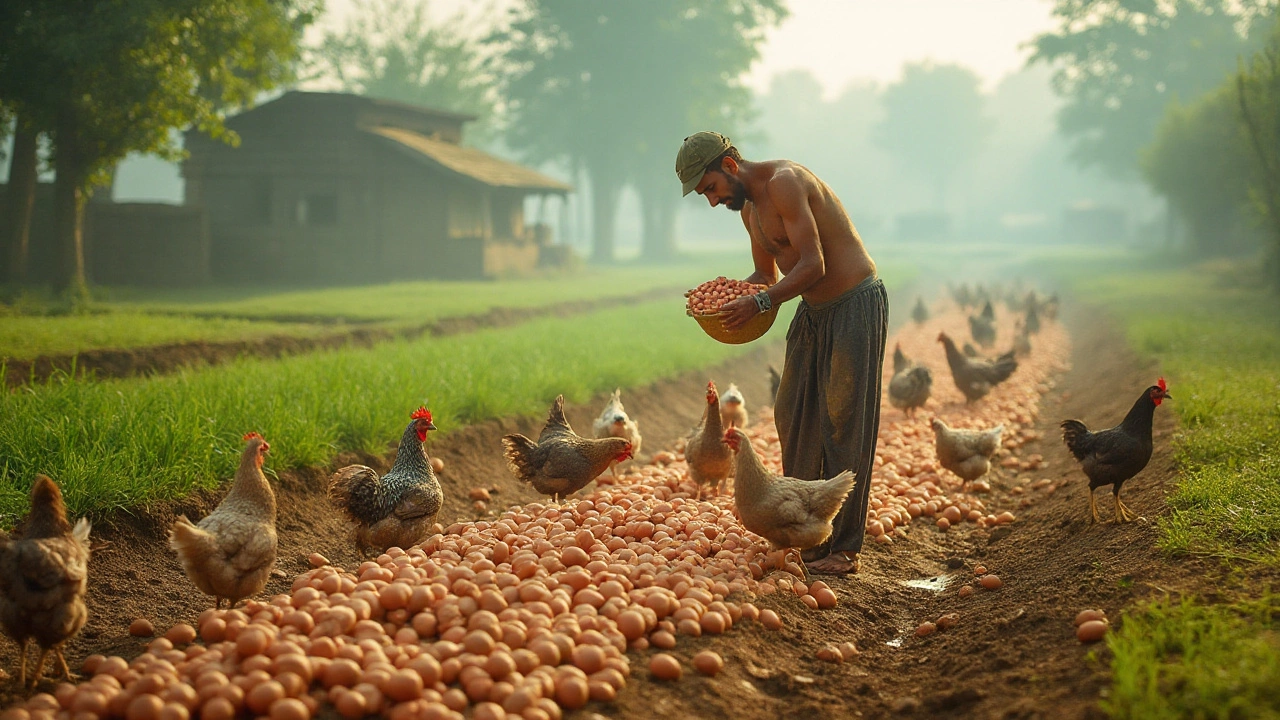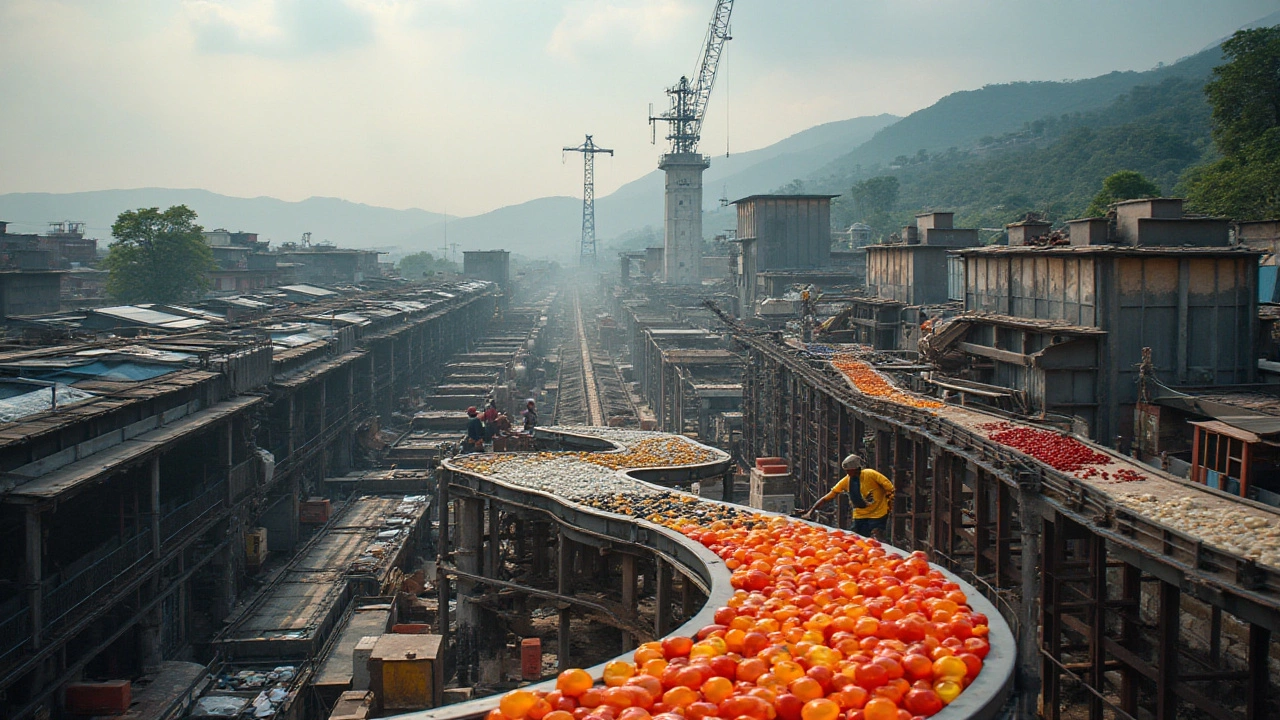Nutrition: The Bridge Between Food, Plants, and the Planet
When working with Nutrition, the science of how food and nutrients affect the health of people, plants, and ecosystems. Also known as nutrient science, it guides everything from a balanced meal plan to thriving garden beds.
One of the most practical angles is Plant Nutrition, the study of how crops absorb, use, and store essential nutrients. This field links directly to Soil Health, the condition of soil in terms of structure, organic matter, and microbial activity. Healthy soil supplies the right mix of nitrogen, phosphorus, and potassium, which in turn fuels robust plant growth. In short, nutrition encompasses plant nutrition, and plant nutrition requires healthy soil. When soil health improves, plant yields rise, and the nutritional quality of the food we eat goes up.
Why Sustainable Agriculture Matters for Nutrition
Sustainable Agriculture, farming methods that preserve resources, reduce waste, and support long‑term ecosystem health is the backdrop for every nutrition story. It influences the mineral content of crops, the energy needed to deliver food, and the amount of waste left behind. A farmer who practices crop rotation, uses organic compost, and avoids over‑irrigation creates soil that holds more micronutrients like iron and zinc. Those micronutrients translate into better dietary minerals for consumers. Thus, sustainable agriculture shapes both the quantity and quality of nutrition we receive.
Another layer is the link between nutrition and everyday gardening tips. Articles about watering container gardens, rehydrating dry soil, and using drip irrigation all tie back to how plants acquire nutrients. Over‑watering can leach away soluble minerals, while under‑watering stresses roots and reduces nutrient uptake. When you test soil moisture correctly and choose the right irrigation method, you protect the plant’s nutrient profile and, ultimately, the food’s flavor and health benefits.
Beyond the garden, the concept of zero‑waste fruit demonstrates how nutrition extends to sustainability. Eating the whole fruit—including skins rich in fiber and antioxidants—maximizes nutrient intake and cuts food waste. This practice mirrors larger themes in the tag collection: whether you’re examining factory job salaries or plastic demand, the underlying thread is how resources—human, material, or biological—are managed for optimal outcomes.
The posts below dive deep into each of these angles. You’ll find expert guides on watering schedules, analyses of high‑pay manufacturing roles, and breakdowns of which countries dominate certain crops. Together they paint a full picture of how nutrition, in its broadest sense, touches everything from your kitchen counter to the global supply chain. Ready to explore the details?
Exploring the Six Classes of Food: Key Insights for Food Processing
Food processing units need to understand the six classes of food to create balanced and nutritious products. These classes—carbohydrates, proteins, fats, vitamins, minerals, and water—play essential roles in maintaining health. Knowing how each class contributes to the body can help in developing better food items. This article provides insights into each class, offering tips and interesting facts to aid food processors in their work.
Understanding Egg Processing: Are Eggs Considered Processed Food?
Eggs are a staple in many diets around the world, but there is often confusion around whether they qualify as processed food. This article delves into what constitutes processed food and examines whether eggs fit this category. We'll also explore the various stages eggs undergo from farm to table and bust some common myths about egg processing. Understanding the journey of eggs can help consumers make more informed choices.
- manufacturing
- India
- food processing
- garden tips
- rice cultivation
- government schemes
- balcony garden
- urban gardening
- balcony gardening
- profitable business
- business ideas
- plastic manufacturing
- drip irrigation
- plant care
- steel manufacturing
- sustainable gardening
- startup ideas
- steel industry
- flower gardening
- textile manufacturers







